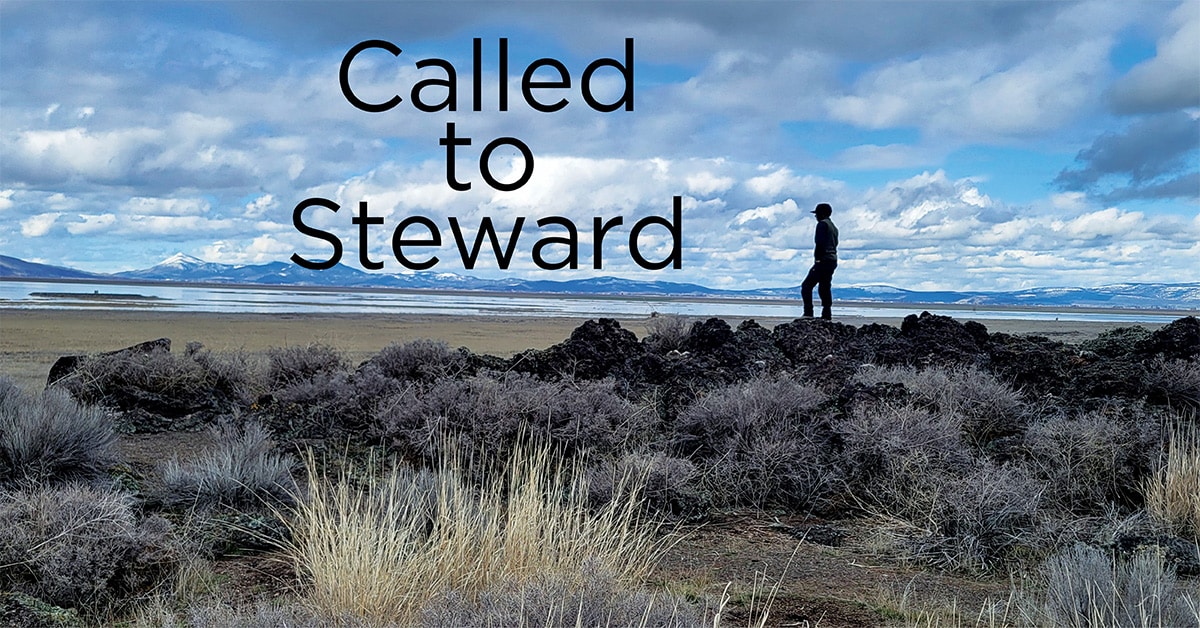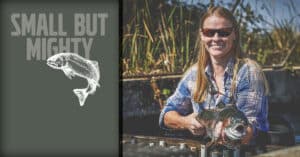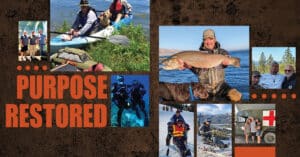Called to Steward
Restoration and Regeneration of the Modoc Nation Homelands…
When Ken Sandusky first stepped foot on the land purchased by the Modoc Nation near Sheepy Ridge in 2021, he said it had a mysteriously powerful feeling.
“Running North-South between what were Lower Klamath and Tule Lakes, it’s no wonder it was important to the Modoc People,” Sandusky says. “But this is also why it is a poignant example of the unintended consequences of agricultural ‘improvements’.”
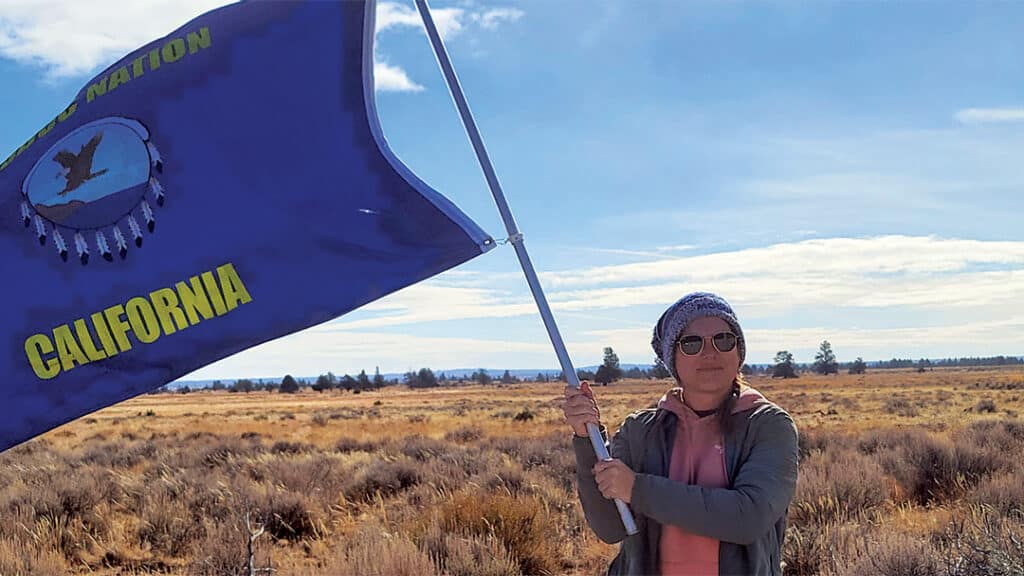
Overgrazed, studded with derelict fencing, trash, metal scraps and rampant weeds, much of the first few years and grant funds were poured into cleanup and maintenance. Now, goats and bighorn sheep are part of the restoration work.
“We did have a great donation from a botanist of seed she collected by hand, including mountain mahogany, bitterbrush and boocho, a wild carrot root stock common in the Modoc Traditional Homelands,” Sandusky says. “We are seeking opportunities to restore other first foods and medicinal plants, as well.”
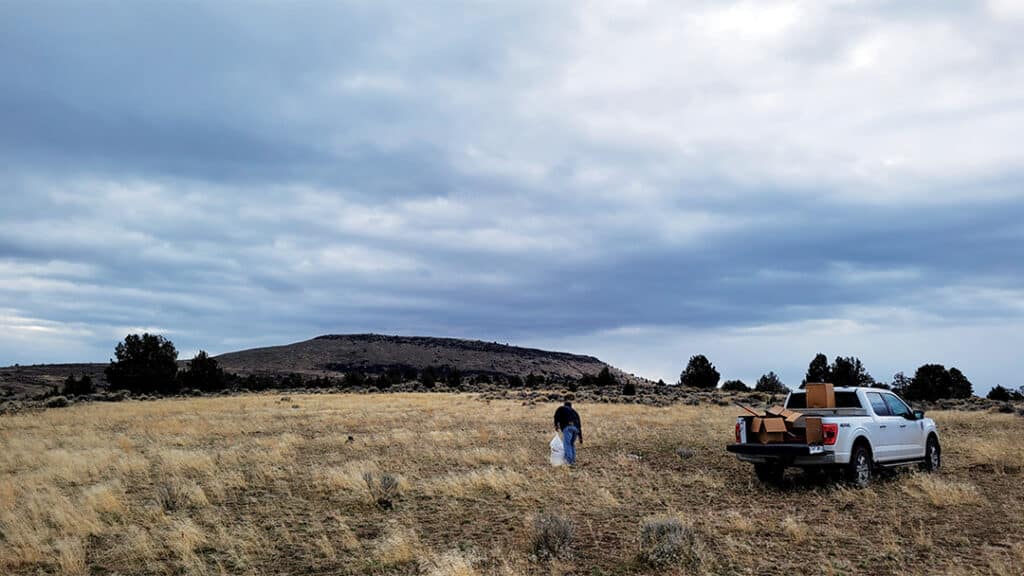
Photos courtesy of Ken Sandusky.
It’s a multi-pronged process, this restoration work. A recent Tribal Nature-Based Solutions grant will allow the Modoc Nation to purchase back a portion of the Lower Klamath Lakebed adjacent to the Modoc Ranch property. As of March, 20,000 acre-feet of water was returned to the area to help flood wetlands that have remained dry for years. Water management in the area has been an ongoing dialogue between numerous entities. But Sandusky says hopes are high about what is possible with the restoration of wildlife habitation.
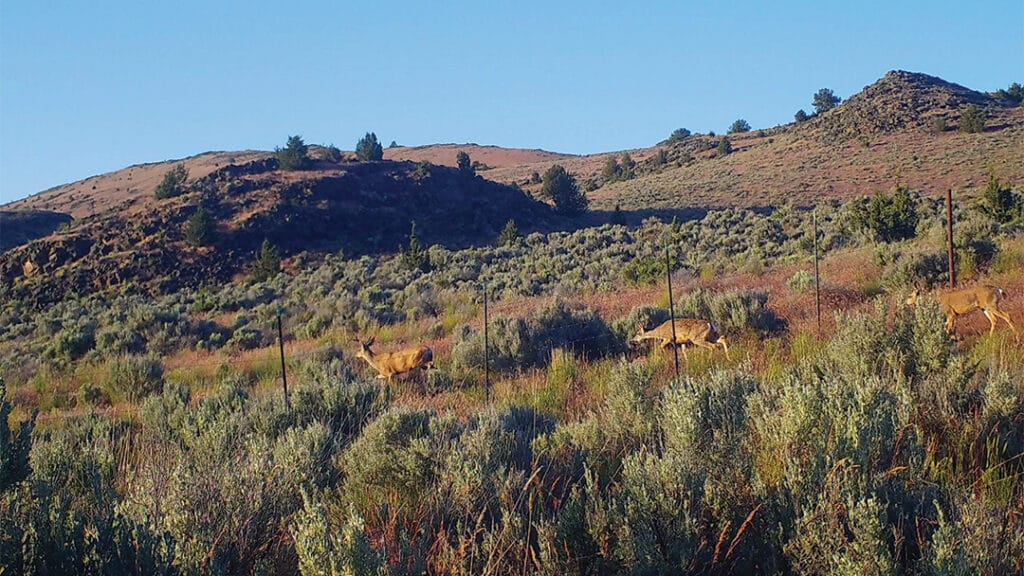
“A first foods farm concept is also on the short list for consideration,” Sandusky says. “What we know is we want to restore a place on Lower Klamath Lake for all Modocs to gather traditional cultural materials they stewarded since time immemorial.”
While connection to their traditional homelands has been a big focus for the Modoc Nation, Sandusky says a yearly ancestral run has also become a major tenet at the center of this reconnection. “It’s really the ceremonial piece of what we are trying to do,” Sandusky says. “We’ve created a running camp, there is a sweat lodge and a cook house. The next slated activity is to build an earth lodge. It’ll be the first one built on Modoc land since before the war.”
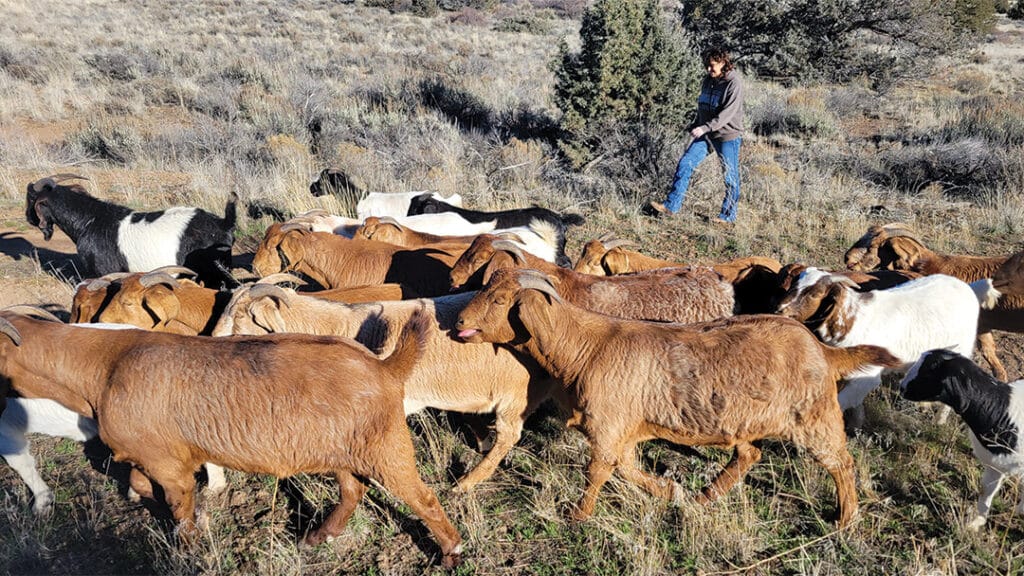
Within the next few years, it is anticipated that the Modoc Nation will steward a cumulative 3,664 acres near the Lower Klamath Lake. Compared to the 5,000 square miles along the California-Oregon border that once was home to the Modoc people, this is a small footprint. But the ability to establish the Modoc Ranch and begin the restoration work that deepens cultural ties is valuable, Sandusky says.
“Chief (Burkybile) always says we want to float all boats, meaning he wants us doing what we can to restore the form and function (of the land) in a manner that benefits all people now making their lives in the Modoc Homelands.”•
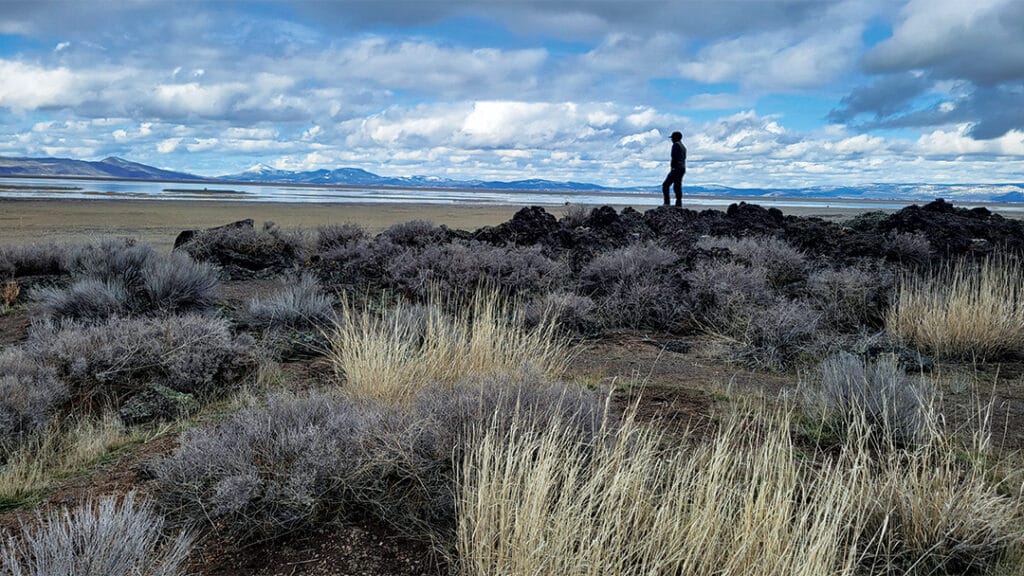
Article written by:
Jill Tydor is a Baton Rouge, La. native who has chosen the North State as her home. She is a writer and marketer with an MFA from California College of the Arts. Jill enjoys traveling, sunny days, and spicy food.

